Szarvas | The Iridium Sea
The Szarvas (Byzan for "Iridium Sea"), also known as the Great Kov, is the vast belt of temperate grasslands or "kov," that extends approximately 8,300 km from the base of the Tsagadai to the Great Rift. Pockmarked by impact craters and ancient battle sites, it is one of the world's main sources of iridium and szardiye, following only the Isordi Desert and followed by the Yōsune mine, which has begun to run dry. The kovs also has one of the highest levels of ambience in the world, second only to the south pole, and is plagued year-round by lightstorms. Consequently, the Vauquelins have a chokehold over the metal as the only ones with the knowledge–or perhaps ability–to traverse safely through the Szarvas. All travellers, even those of other Zovharkanhui Houses, must ask for the blessing of the Vauquelins. Those who cannot swallow their pride enter and are never seen again, swallowed by the sea of grass and metal artifices.
Geography
The Iridium Sea is bordered by the Tsagadai to the west, the Great Rift to the east, and the Spine to the south. No clear barrier exists to the north, but the climate becomes increasingly warm and humid. The Szarvas narrows at one point and is intersected by the Gol river at another, dividing it into three sections. One may say that a fourth division exists as the kov extends over to the Broken Continent, but those lands are not typically considered part of the Szarvas. However, they will be mentioned here for completeness.
Tsagadai Kov (Western kov)
The Tsagadai Kov is located next to the mountains it was named after. The area is relatively dry and bordered to the south by the Hexor plateau. In the north, the kov fades into forests and mountains before it reaches the Nariin Sea. Much of this area is cultivated for agriculture as lightstorms are most infrequent here compared to the rest of the Szarvas.The Gol river
The Gol river, the largest river in Asura, rises from the summit of the Tsagadai, curves around the Hexor Plateau and separates the Western kov from the larger, Central Kov. by Jack Anstey
The Gol river
by Taylor R
A river branching from the Gol river
Fyrdran Kov (Central kov)
The Fyrdran Kov begins at the Gol river, extending to Morteza. It encompasses the largest area of all three. To the north, the land becomes desert, eventually meeting the Asal River which flows into the Mahriar Sea in the northeast, feeding the eastern coastal cities.Morteza Narrowing
The Spine spreads northwards, bounding Morteza between itself and the Minu Basin, giving limited grassland. South of the Morteza region is the Dzagarian forest. The Minu Basin is dry, drier than even the northeast desert and avoided by most. It has a teardrop-like shape and is sometimes called the "Last Tears." However, a number of rivers from the Spine encircle the basin. Trade routes between the east and west cities follow these rivers, though no permanent settlement was formed, much like the rest of the Szarvas.Dzagaria Kov (Eastern kov)
The smallest kov of the Szarvas, Dzagaria Kov is bordered by the Great Rift to the east and forests to the south. It consists of multiple, smaller kovs separated from the rest of the kov. The Sakine Plain is separated from the Dzagaria Kov by the Isara mountains, while the Mahriar–Ehsa Kov is bounded between the Ehsa Sea, the Mahriar Sea and the Hari Mountains.Dzagaria mountains by Guillaume Briard
The Isara Mountains
Daisüns
The Daisüns ("white sea") is an exclave of the Iridium Sea. Located on the Broken Continent, along the ridge of the Great Rift, it is not usually included as part of the Szarvas, although they once formed the "great ocean of singing grass." Little is known of the Broken Continent and even less of the White Sea. Observation from the Asuran side of the Rift and satellite imagery confirms that the vegetation in the easternmost kov is indeed white as myths and folklore stories claim, although the motion of these "plants," even when there is no wind, seemed as though they were waving at their observers.Localized Phenomena
Lightstorms occur frequently throughout the Szarvas, but particularly in the southern regions, making it treacherous to cross. Lightstorms are lines of bright light streaming through the air that appear when large clusters of nuon threads are reorientated by Ereya's magnetic field. Areas where these occur are highly unstable and one risks succumbing to ambience corrosion. Unlike in Northern Isord, threads in Asura often move in irregular patterns each year, with the exception of larger threads such as the Indigo Vein, which is also the largest thread passing through Ereya. There are very few threads that are considered to be "large," and thus predictable, but there are many mid-sized threads that are highly volatile. As such, the landscape of the Iridium Sea is constantly changing, making mapping near impossible. Large landmarks such as mountains are not so easily altered, nor is corrosion-resistant materials like iridium, but a hill may appear where there was flat ground days ago or an oasis where moments ago there was only shifting sands. Wait, no, that's just a mirage.
More importantly for the iridium market, meteor strikes are very common in the Szarvas, likely caused by the Tsagadai mountains reorientating the Solar Vein, a thread that intercepts with the Sun and the largest that passes through the Solar System.
Fauna & Flora
Flora
The semi-arid climate of the Szarvas does not encourage the growth of trees, but diverse vegetation can be found, some of which are utterly unique to the region. There are countless types of grasses and grass-like plants, characterised by narrow leaves and small flowers. Most are perennial, but others follow the cycle of threads. Incredibly, they flower during times of low ambience, dying before the lightstorms emerge and sprouting once the ambience returns to stable levels. Their seeds are highly resistant to ambience corrosion and research is ongoing to develop medication against corrosion in humans. An inexhausted list follows:- Brome grasses
- Wild rye
- Fescues
- Ryegrass
- Cat grass
- Common wild oat
- Barley
- Crested wheatgrass
- Desert wheatgrass
- Bentgrass
- Feather grass
- Needlegrass
- Speargrass
- Bulbous meadow grass
by Andrew Small
- Mugworts
- Wormwood
- Silver mound
- Tarragon
- Sagebrush
- Milkvetch
- Sage
- Pheasant's-eyes
- Pasque flowers
- Lady tulips
- Aster
- Yarrow
- Knapweeds
- Elecampane
- Flaxes
Asters can be found in the Western Kov
Fauna
Animals native to the Szarvas have evolved the ability to detect incoming lightstorms to some degree and, in the case of the little souslik, far quicker and more accurate than any existing sensor. Other species, such as the qirin, may even have affinities, or at least are able to purposefully reorientate.This is actually an European souslik, but close enough
Sheep, goats and camels are the main livestock animals. Horses are primarily used for transportation, but horse meat is a common dish, as is mare's milk.
- Onager
- Marmot
- Gazelle
- Gray wolf
- Fox
- Antelope
- Wild camel
- Horse
- Qirin
- Yak
Gray wolf
Natural Resources
The Szarvas provides a source of various medicinal herbs evolved uniquely due to fluctuating levels of ambience. Animals in the region, such as the little souslik, are used to detect emergent lightstorms. Herds of sheep, goats and horses provide everything from clothing to food to transportation to fuel (what, you thought that was wood in the fire?).
Herbs collected for personal use in a village at the edge of the Fyrdan Kov
This region of Asura is regularly bombarded by meteors, bringing in iridium ore from outer space. The Alsherin season marks the early months of the year when Ereya is at its closest to the Solar Vein. During this period, meteor showers occur regularly. Nomads of the Szarvas gather in the safe shadow of the Tsagadai or the Spine, wait until the planet orbits away from the Solar Vein once more and mine the crater. Additionally, the metal is scavenged from vehicles and weaponry left from the Unnamed War and more recent conflicts, such as the War of the Heirnth Coalition.
Alsherin Season by Fernando Rodrigue
A meteor shower during Aslherin
Alternative Name(s)
Great Kov, Iridium Sea, Silver Graveyard
Type
Grassland
Location under
Owning Organization
Remove these ads. Join the Worldbuilders Guild

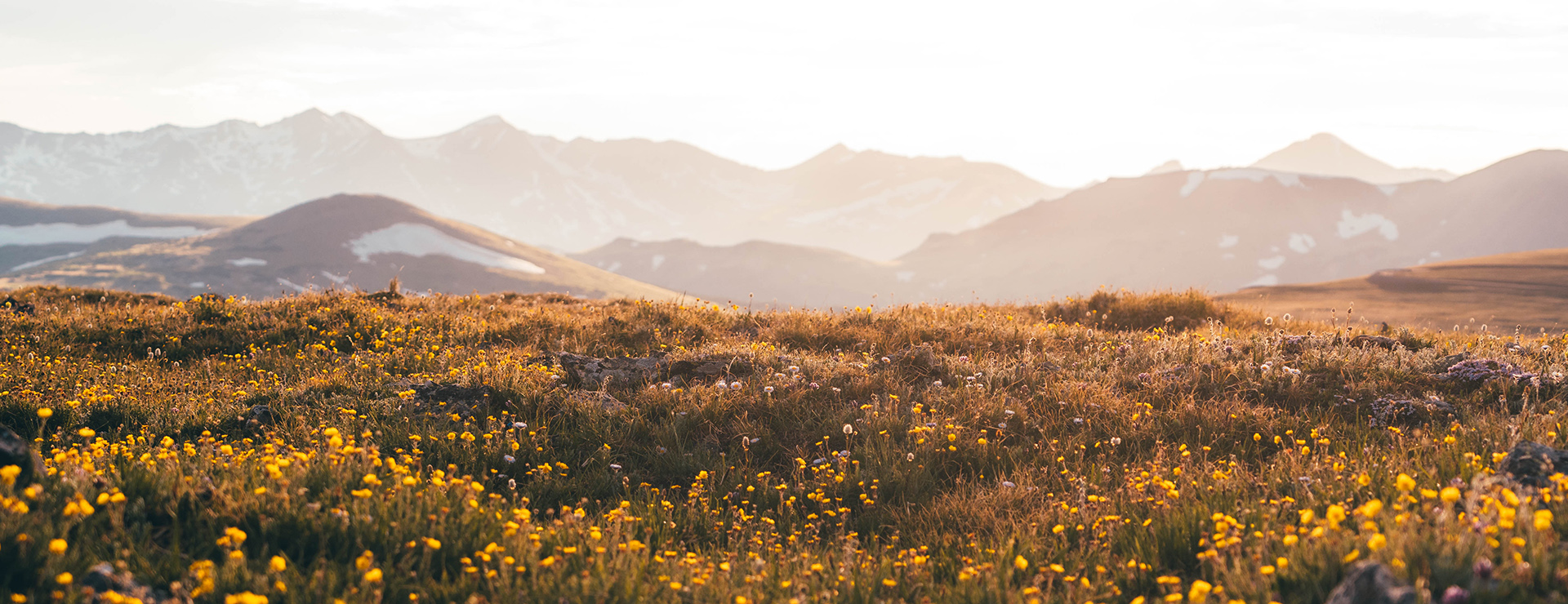
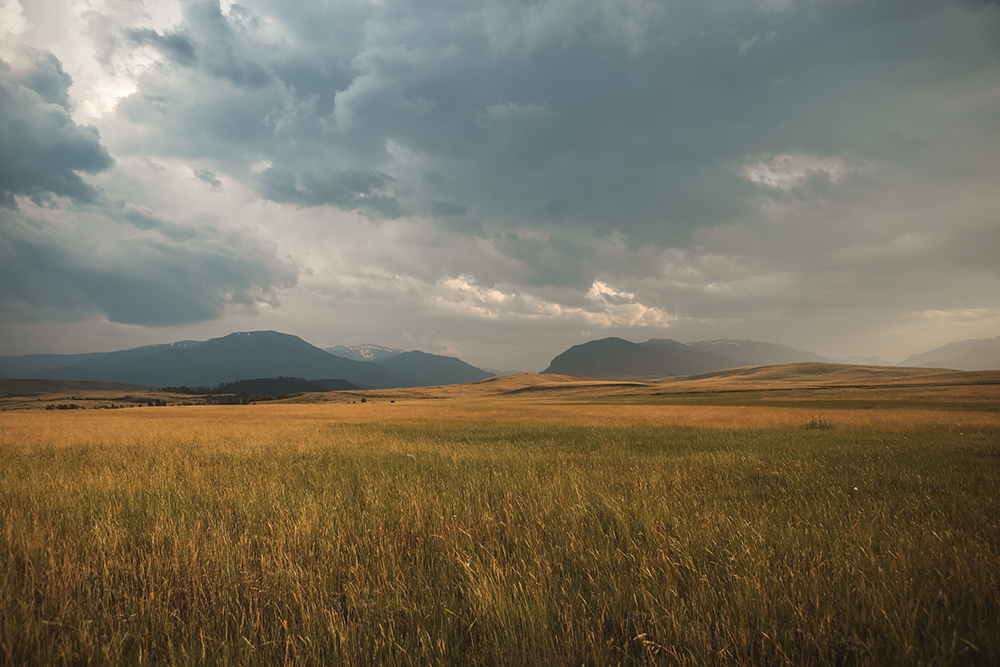
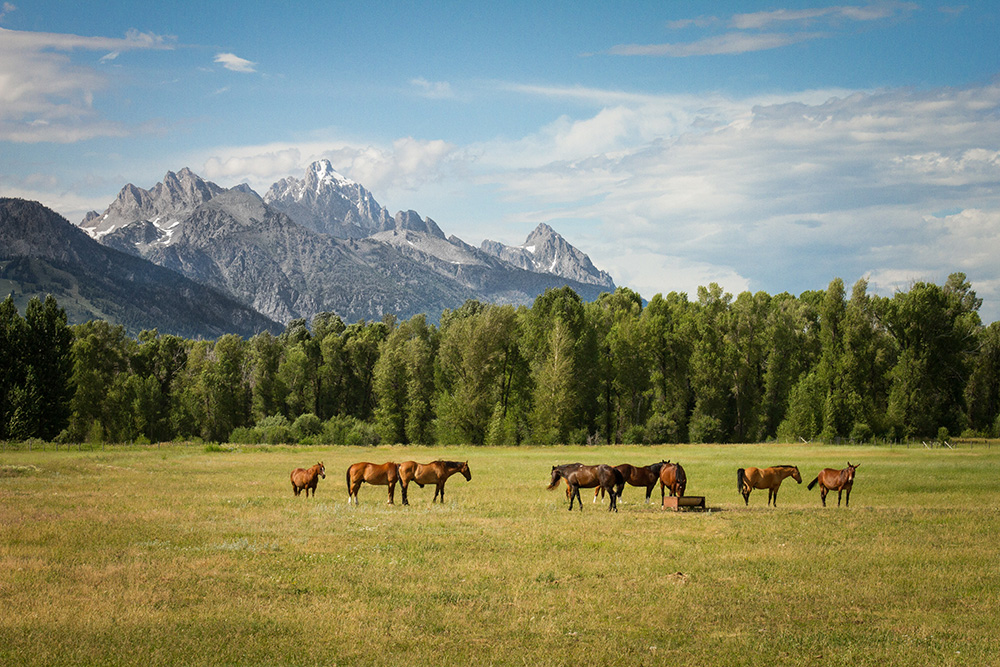




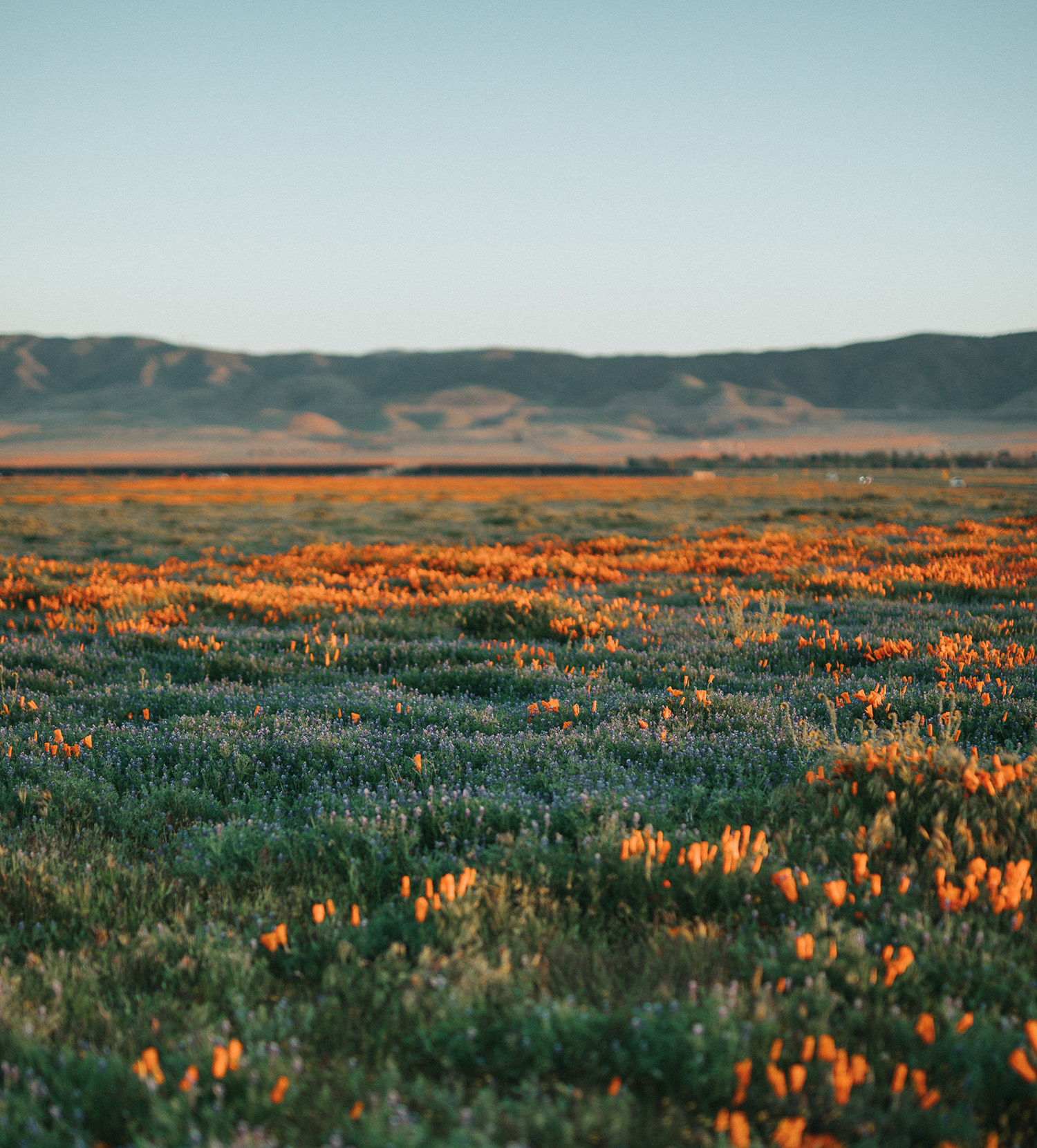

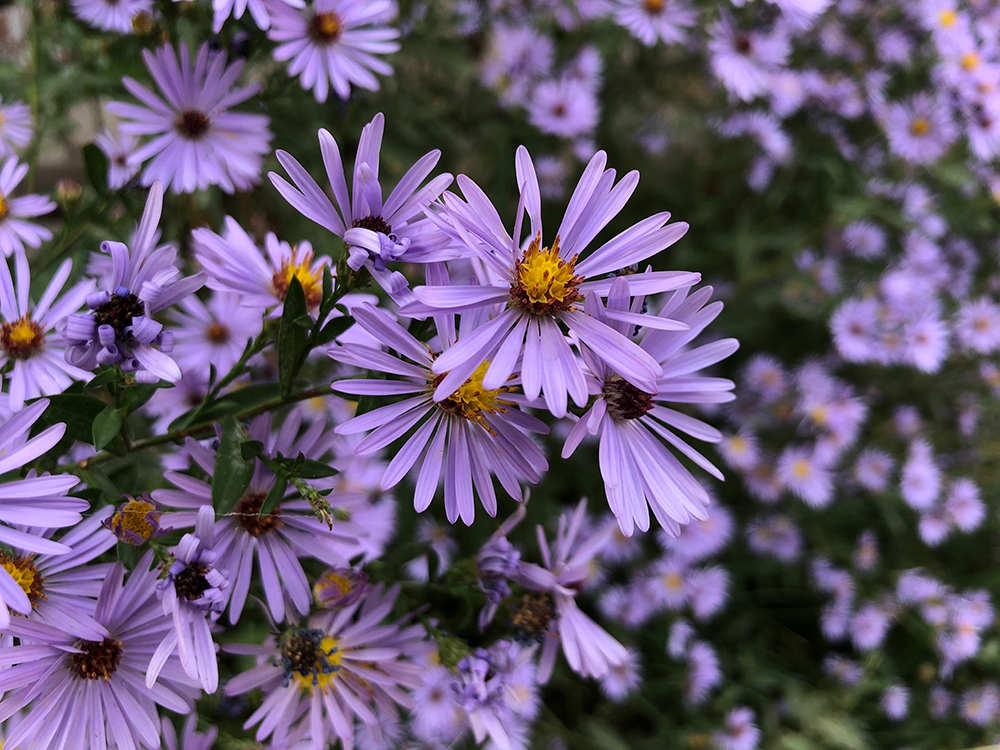
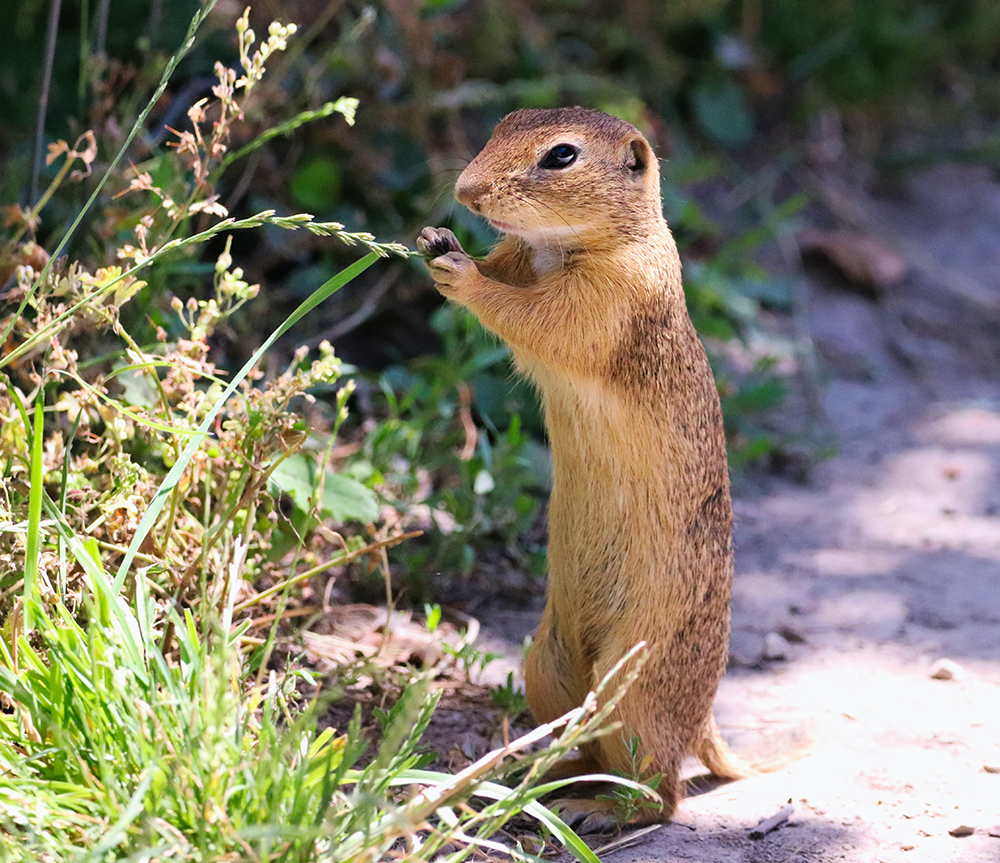
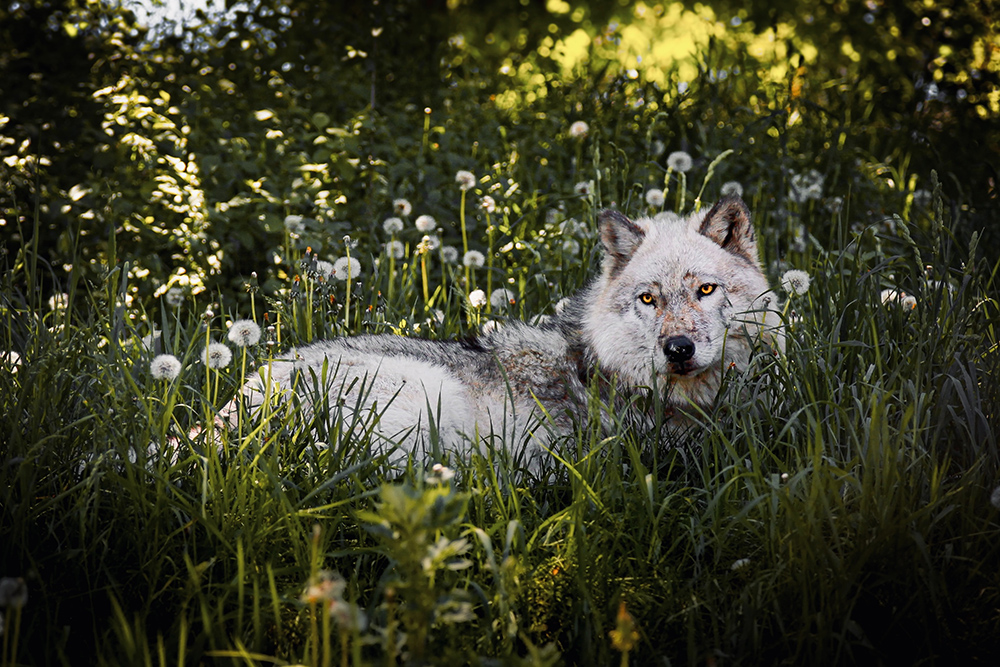

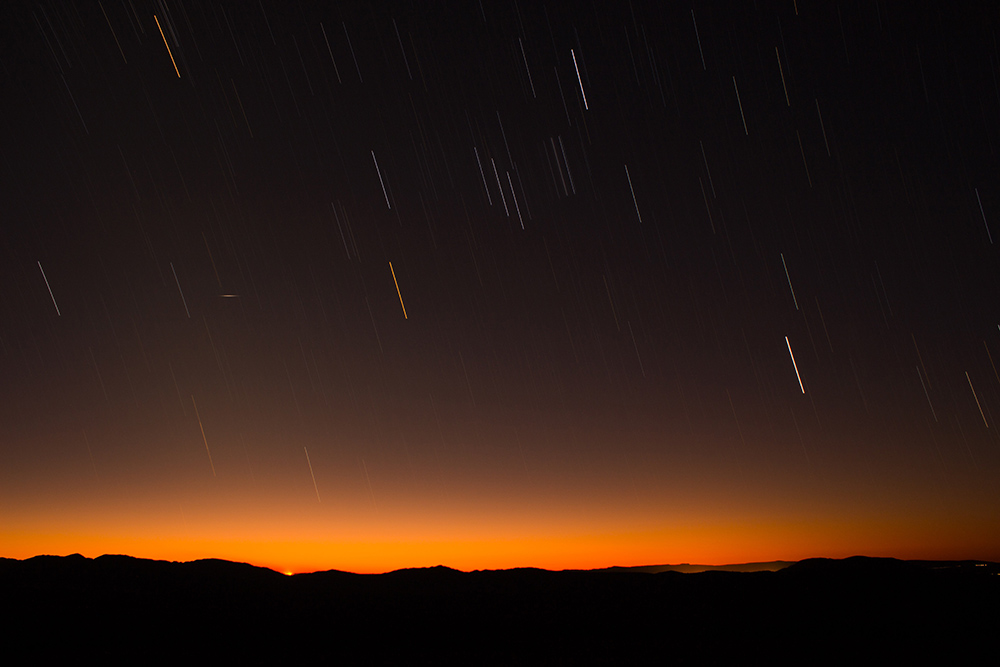








Comments